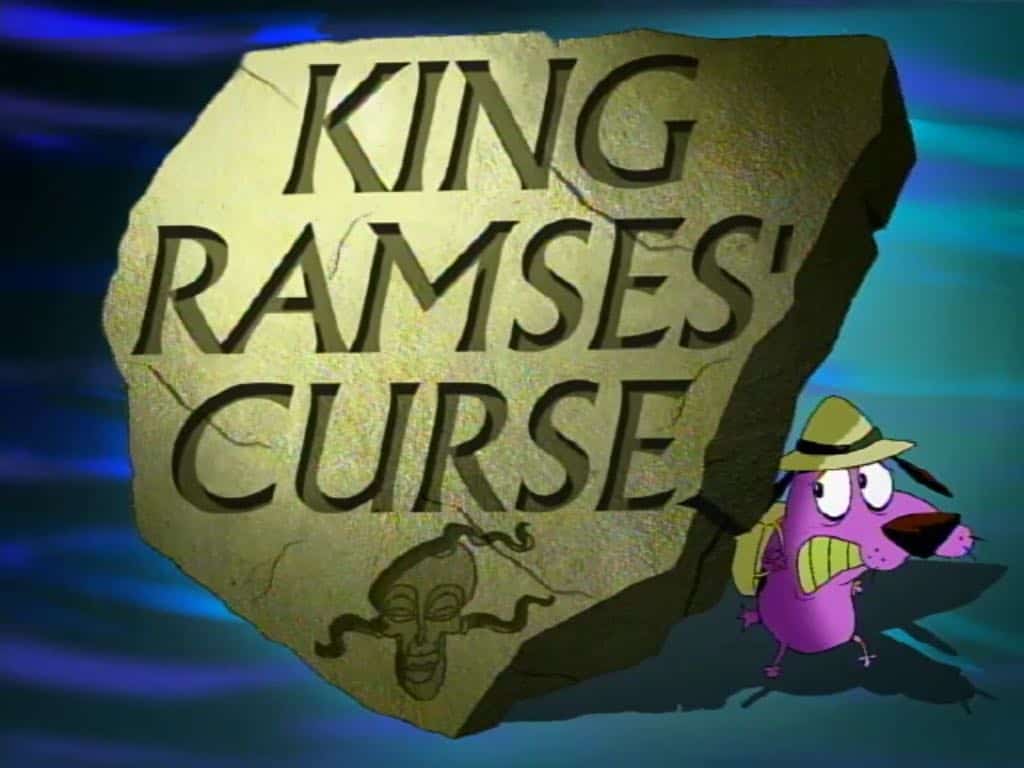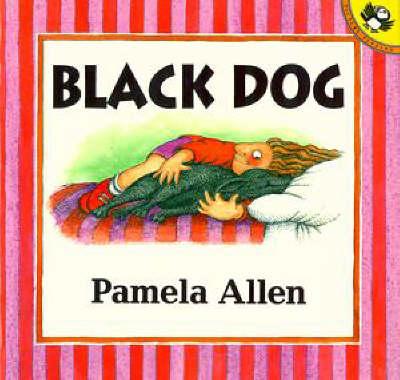-
Story Structure: The Plan

In life we frequently fly by the seat of our pants. In fact, that may be the default. Plans are illusory. But precisely because life is so unstable and subject to change, characters in stories do need a plan. Even passive character types need to be actively passive. Initial plans will most likely change. There’s […]
-
Symbolic Archetypes In Children’s Stories Analysis
These symbolic archetypes are very old. The earliest written record we have is often in fairy tales. Innate Wisdom vs. Educated Stupidity Some characters exhibit wisdom and understanding of situations instinctively as opposed to those supposedly in charge. Loyal retainers often exhibit this wisdom as they accompany the hero on the journey. This pretty much […]
-
Mr Big by Ed Vere Picture book Analysis
STORY STRUCTURE OF MR BIG Mr Big is a tale told by a storyteller narrator, who we meet on the very first page and then soon forget. Almost all picture books have third person narrators but most often we don’t consider who that might be, so there must be a good reason for introducing Mr Big’s […]
-
Rumpelstiltskin Analysis
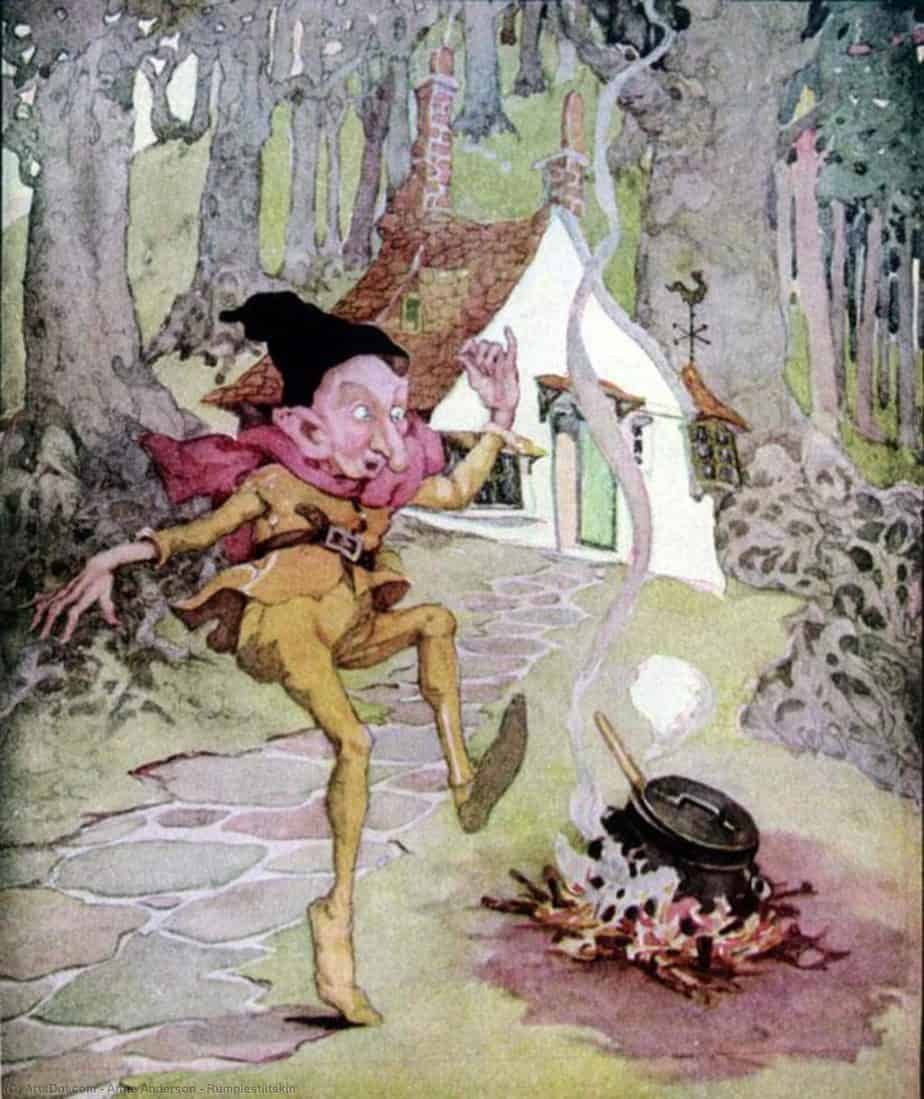
The tale of Rumpelstiltskin asks a moral question: Who is the worst of the three men? The lying father who gives away his own daughter, the greedy King who threatens death, or the proto-men’s rights activist dwarf? Or is it the daughter herself? This is my all-time favourite fairy tale because it’s so twisted. It’s […]
-
The Clutching Foot Courage The Cowardly Dog
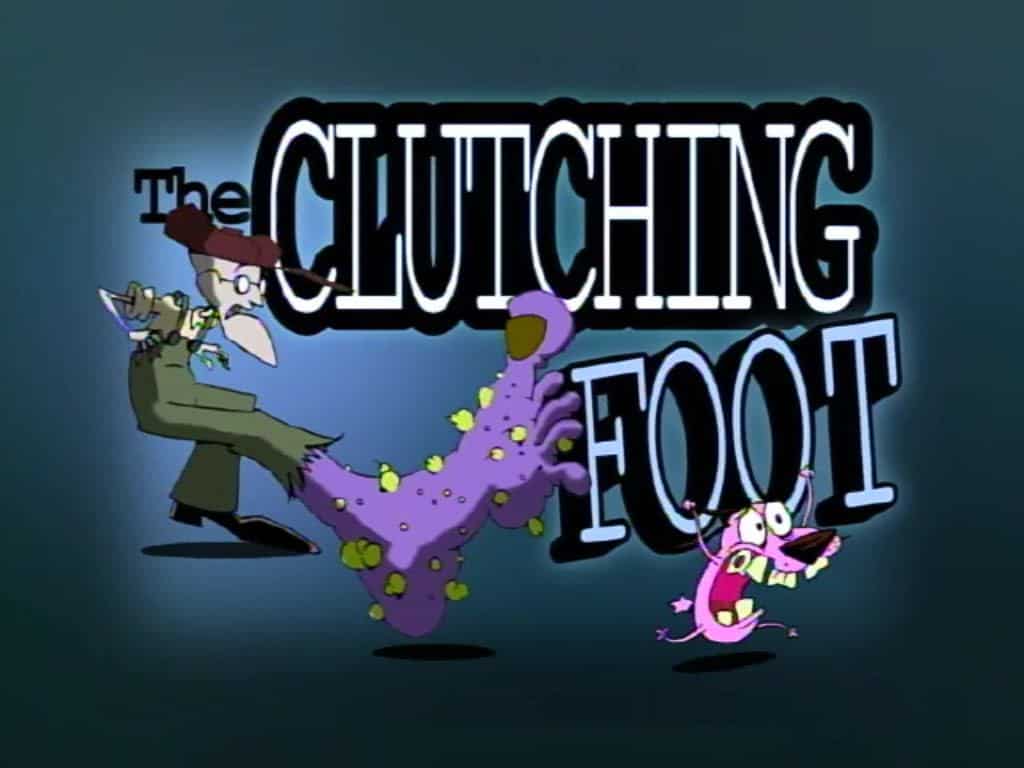
This episode of Courage seems to be a parody of an episode of a TV serial from the 1930s based on a novel by Arthur Reeve. It is called “The Clutching Hand” and is about a detective named Craig Kennedy. This serialised original includes the following elements: A get rich quick scheme Assuming a false identity Criminals […]
-
The Duck Brothers Courage The Cowardly Dog
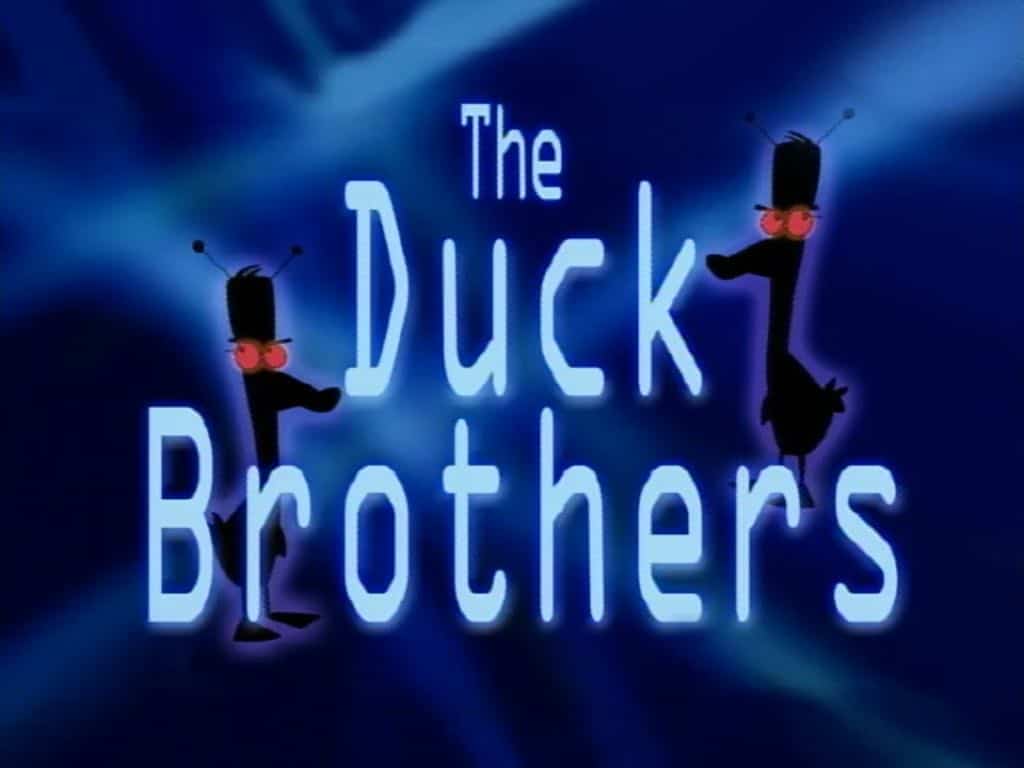
“The Duck Brothers” episode of Courage The Cowardly Dog features opponents who are revealed to be not really bad, which makes for a comical big struggle scene. The big struggle scene is noteworthy for including a wide variety of small big struggles. STORY STRUCTURE OF “THE DUCK BROTHERS” SHORTCOMING Courage is unable to convince Eustace when […]
-
The Rule Of Three In Storytelling
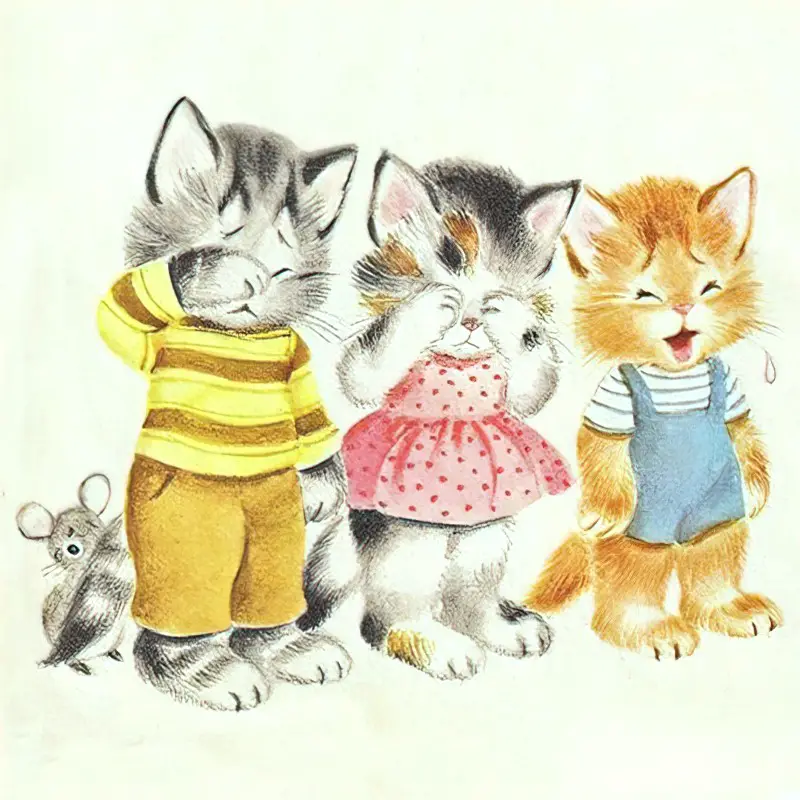
The rule of three in storytelling has several uses. The first works like this:
-
The Three Little Pigs Illustrated by Leonard Leslie Brooke Fairy Tale Analysis
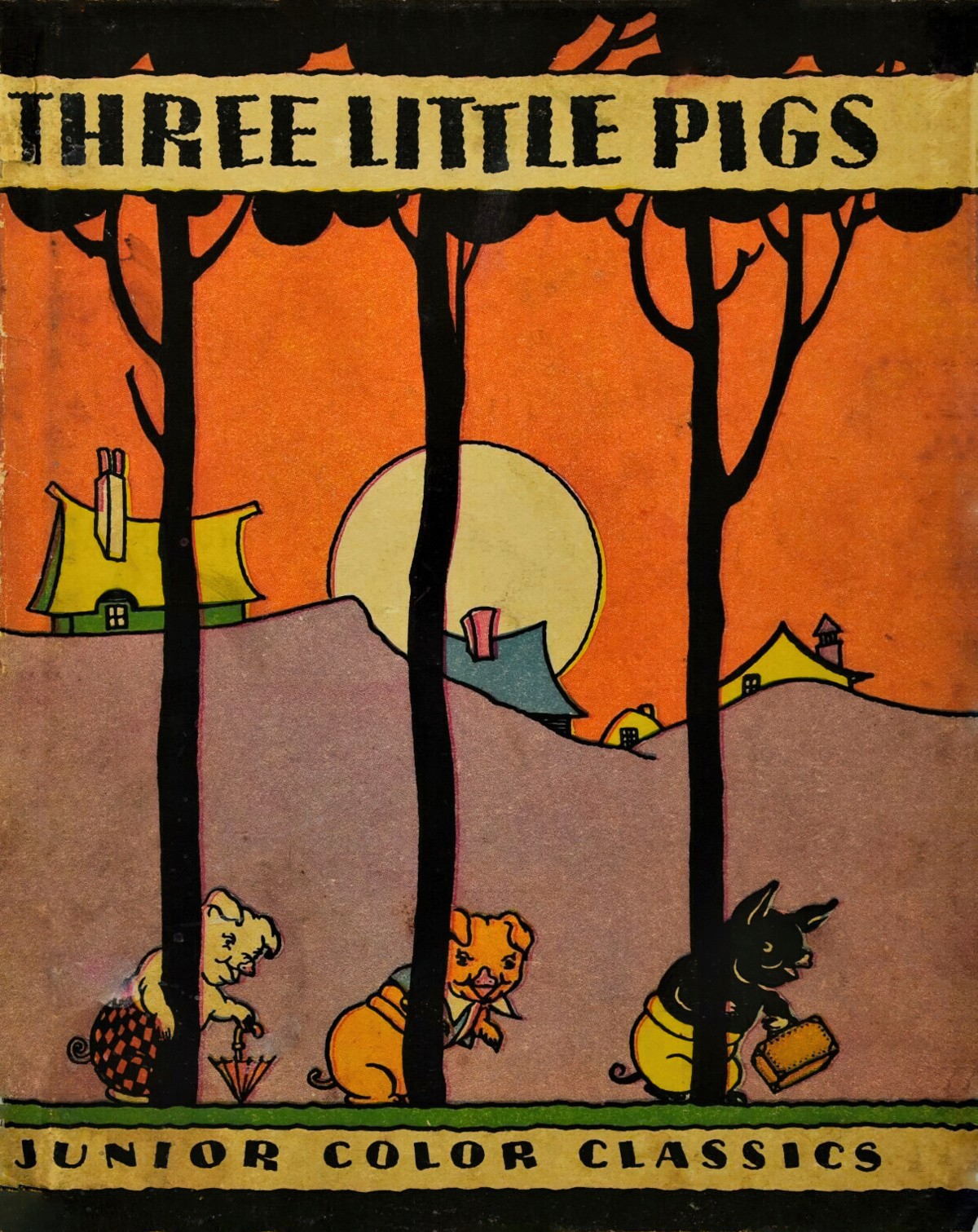
The Three Little Pigs is one of the handful of classic tales audiences are expected to know. Pigs are handy characters: They can be adorable or they can be evil. You can strip them butt naked and let the reader revel in their uncanny resemblance to humans. Or, you can dress them in jumpers and they’re […]
-
Jack And The Flumflum Tree by Julia Donaldson and David Roberts Analysis
Jack and the Flumflum Tree is a picture book by Julia Donaldson and illustrated by David Roberts. The title suggests this may be a retelling of Jack and the Beanstalk but it’s not really — this is an original tale based on mythic structure with elements of Little Red Riding Hood (the sick grandma) and pirate […]
-
Princess Smartypants by Babette Cole Analysis
Princess Smartypants is an example of a children’s picture book which uses gender reversal to tell a story that would never really happen. What if women of high socio-economic status could choose their own marriage/non-marriage partners? The ending plays into the stereotypically MRA fear — if women were allowed autonomy they may choose not to include men at all. […]
-
Which Witch’s Wand Works by Poly Bernatene Analysis
Which Witch’s Wand Works? is a 2004 carnivalesque picture book in which two sister witches are the stand-ins for children. Alliteration features strongly in this story — not only do we have the title of the book (and of the fictional TV show they argue over), but also the names of the main characters, Rattle, […]
-
Stuck by Oliver Jeffers (2011) Analysis
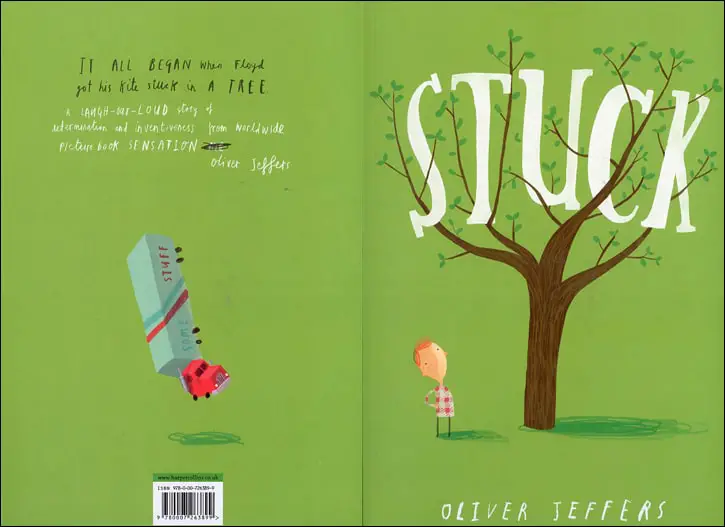
When Floyd’s kite gets stuck in a tree, he tries to knock it down with increasingly larger and more outrageous things. A perfect picture book by Oliver Jeffers. STORY STRUCTURE OF STUCK There’s a long oral tradition of stories which get cumulatively more and more ridiculous until the most ridiculous idea ends the story. “The […]
-
The Rats In The Walls by H.P. Lovecraft Analysis
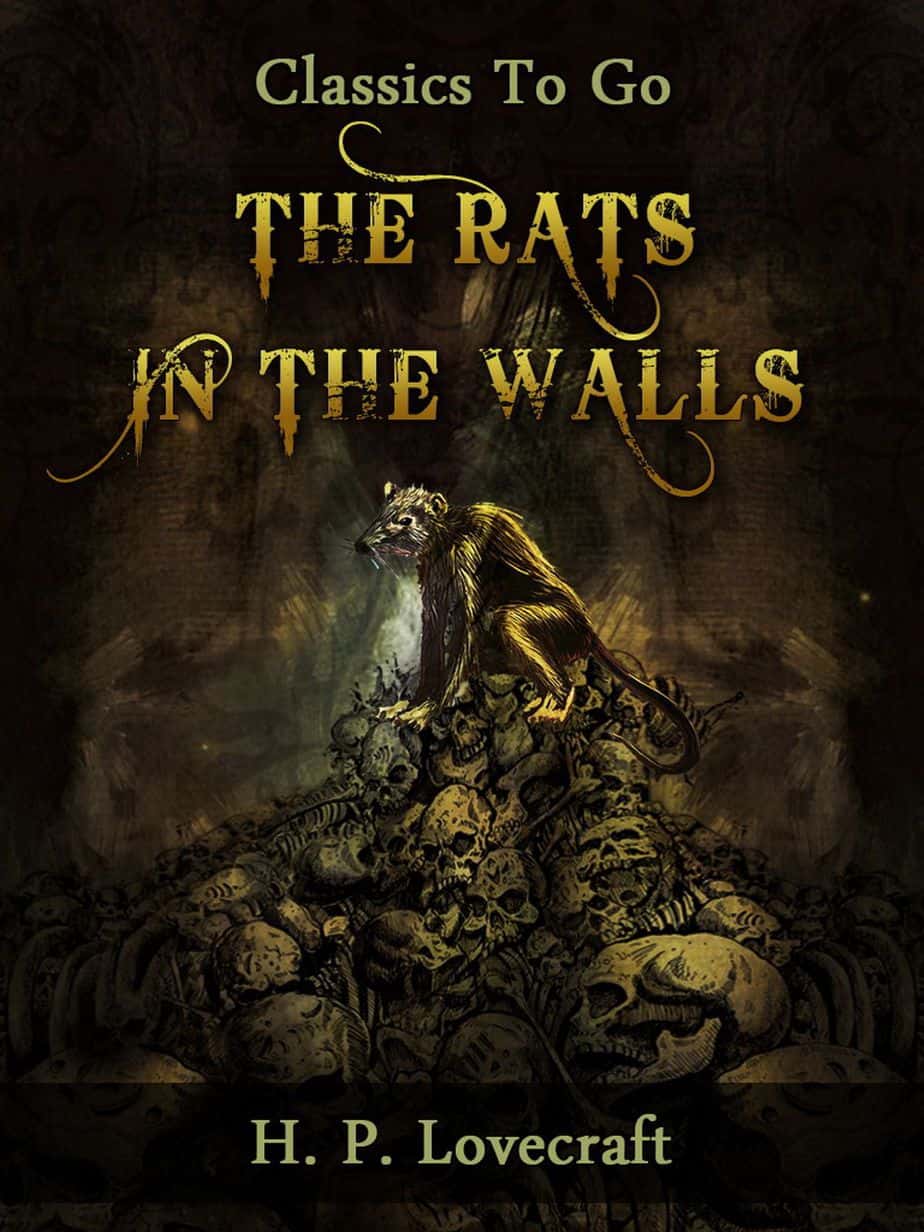
If you’re a fan of Renovation Rescue or Extreme Makeover: Home Edition and think you’ve seen some good horror stories, you might consider turning brief attention to the story of H.P. Lovecraft, and I don’t actually mean his tragic life story in which he only achieved fame after an early, lonely death; I’m talking about […]
